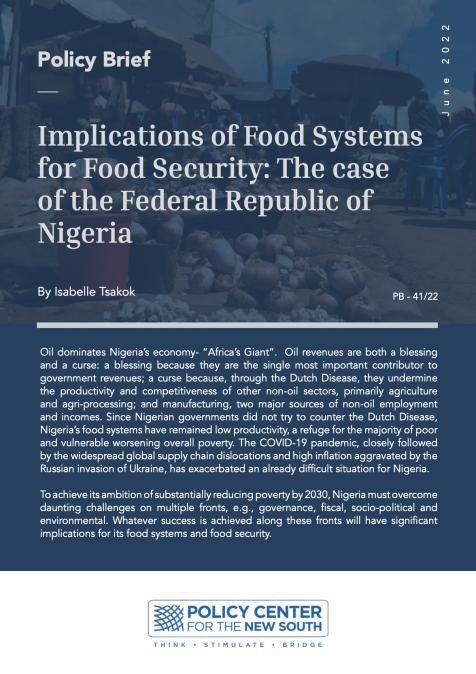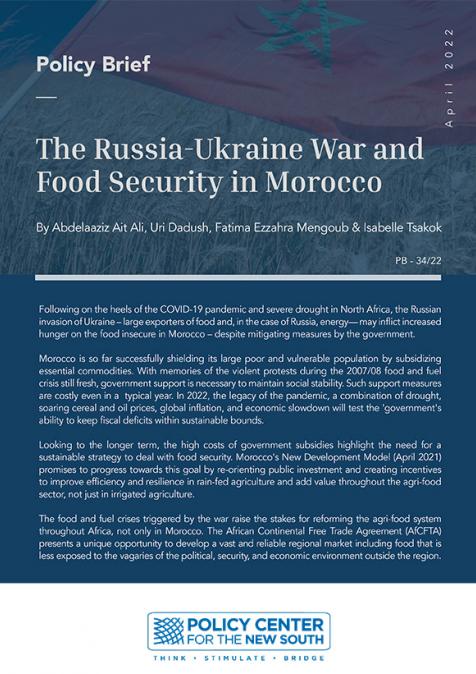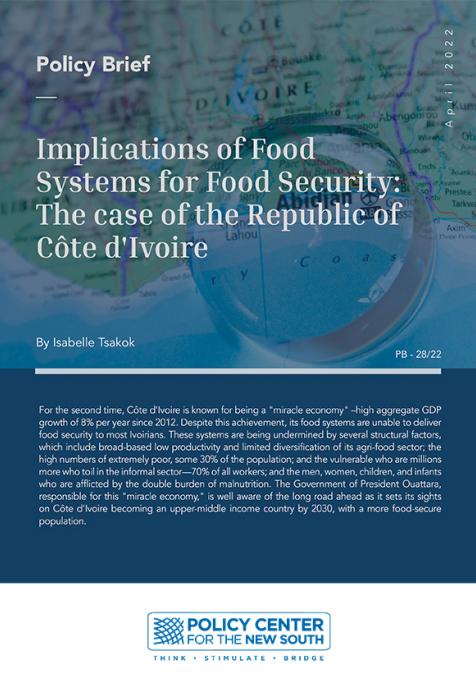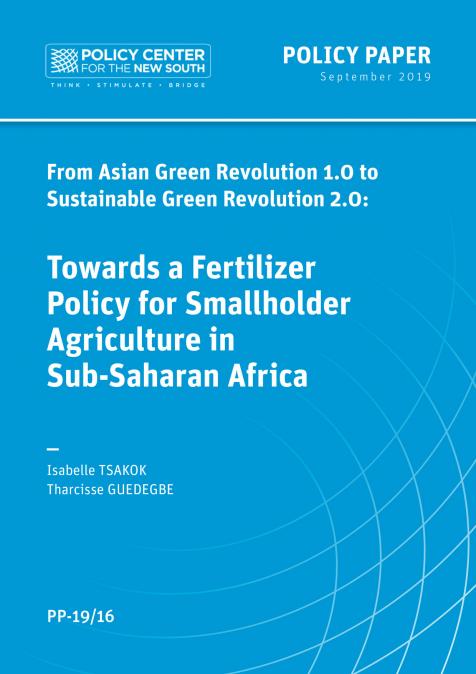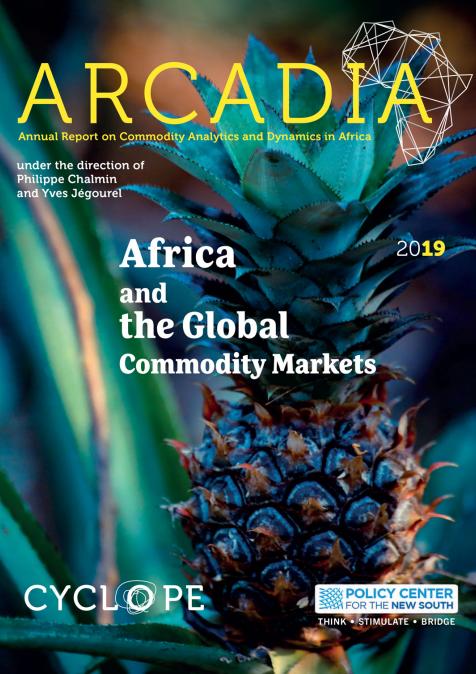Publications /
Policy Paper
L’Inde est aujourd’hui un acteur majeur sur le marché international des engrais, quels que soient les éléments nutritifs considérés. Qu’il s’agisse de ses importations, de sa production intérieure ou bien encore de sa consommation, ce pays affiche des chiffres qui le classent parmi les trois premiers acteurs mondiaux du secteur. Dans le même temps, une analyse interne de la situation en Inde révèle l’existence de nombreuses contraintes. Certaines sont structurelles car liées à la pauvreté des ressources en matières premières dans le pays, d’autres sont proprement politiques et renvoient aux difficultés que les dirigeants indiens éprouvent à réformer un secteur politiquement sensible.
À cet égard, il n’est pas certain que le gouvernement de Narendra Modi s’avère plus décisif que ses prédécesseurs, à court terme du moins. En dépit de son image pro réforme, Narendra Modi s’est montré plus prudent que prévu sur bon nombre de dossiers. Les perspectives de réformes du secteur de l’urée – le plus important et le plus problématique des engrais en Inde – s’avèrent donc incertaines. L’ambition du Premier ministre de lancer une nouvelle « Révolution verte » doit néanmoins retenir l’attention, notamment parce qu’elle prend acte de la gravité des excès liés à la surconsommation de l’urée et qu’elle entend donner aux paysans indiens les moyens de mieux utiliser les engrais pour préserver la santé des sols.
Faute de réformes décisives, les capacités de production indiennes ne progressent pas aussi rapidement que la demande intérieure ; le pays doit donc recourir massivement aux importations, y compris pour l’urée qui était autrefois un secteur autosuffisant. Cette dépendance aux importations est un facteur de vulnérabilité dans la mesure où elle le soumet aux fluctuations des prix sur les marchés internationaux des matières premières. Pour se soustraire à ces fluctuations, les autorités indiennes s’efforcent de conclure des accords d’approvisionnement sur plusieurs années ou bien encore d’acquérir des parts au sein des firmes qui les fournissent.
Dans la même perspective, elles encouragent surtout les grands acteurs du secteur à former des entreprises conjointes à l’étranger. Conformément à cette vision, plusieurs firmes – en premier lieu desquelles le géant IFFCO (Indian Farmers & Fertilizers Cooperation Limited) – ont tissé depuis le début des années 2000 un réseau d’entreprises conjointes en Afrique du Nord et au Moyen-Orient. Ce réseau permet, de fait, de sécuriser des approvisionnements très en amont, car l’essentiel de la production de ces entreprises conjointes est acheminé vers l’Inde. Il aide aussi à se
protéger de la volatilité des marchés internationaux. Sur les cinq entreprises conjointes actuellement en opération, quatre relèvent du secteur des phosphates, et une de celui de l’urée. Il est clair néanmoins que ce réseau d’entreprises conjointes est appelé à se développer et à se diversifier tant les grands acteurs indiens du secteur des engrais sont aujourd’hui anxieux de sécuriser leurs approvisionnements en matières premières, comme en produits intermédiaires.


